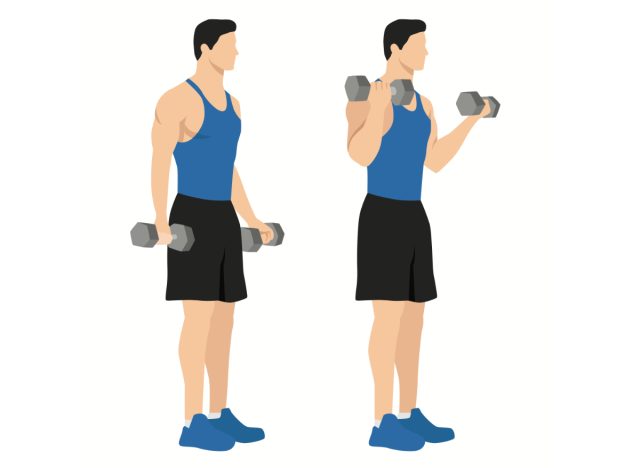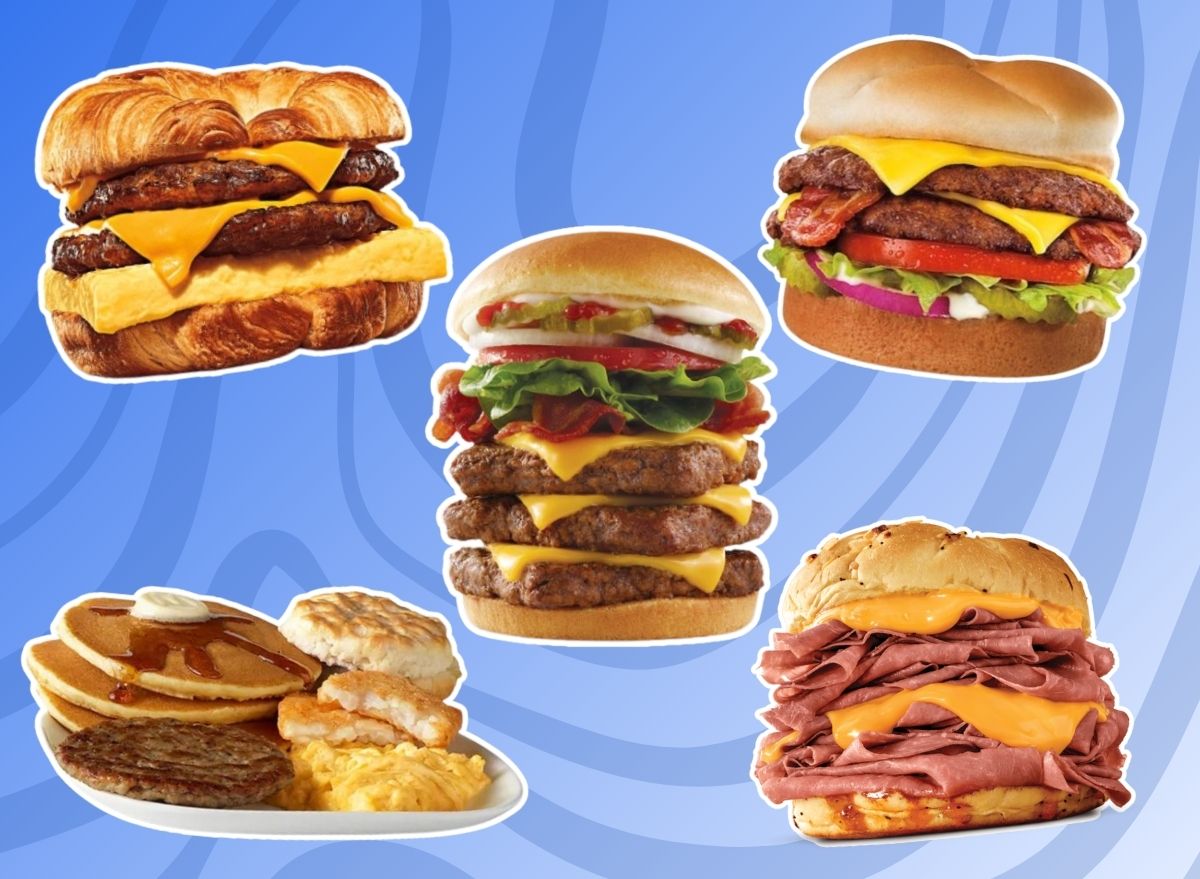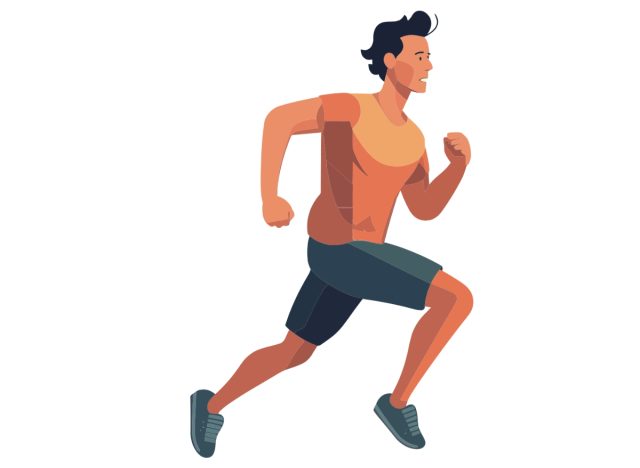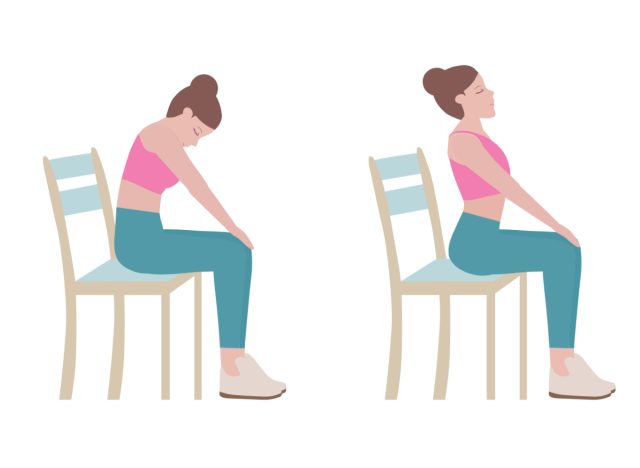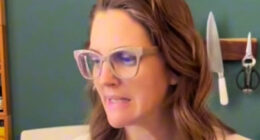Disorders Cure
oi-Amritha K
on February 1, 2021
Autocannibalism, also termed as self-cannibalism or autosarcophagy, is a form of cannibalism where the person eats some part of himself. Extreme auto cannibalism is a rare disorder; however, mild forms are rather common, and you may have the habit.
Shocked? Well, biting and eating your nails or skin falls under the category of auto cannibalism. Autocannibalism is generally defined as a mental health disorder, characterised by the compulsion to eat oneself [1].
 Morning Sickness During Second Pregnancy: Effective Tips And Remedies
Morning Sickness During Second Pregnancy: Effective Tips And Remedies
However, this was challenged in a recently published Diagnostic and Statistical Manual of Mental Disorders (DSM-5), which stated that autocannibalism could not be recognised as a diagnosable mental health disorder [2].
So, what causes autocannibalism and can auto cannibalism be treated? Let’s find out.
What Is Autocannibalism?
The term autocannibalism tends to give the idea that it defines the act of ‘cutting off a piece of a limb and devouring oneself’. While the term does stand for that, however, the severity is far less in common cases. Self-cannibalism in its most extreme version is very rare. However, there are not enough documented cases yet [3].
The most common forms of autocannibalism include eating things like scabs (skin crust), nails, skin, hair and boogers (nasal mucus). Certain types of autocannibalism are classified as body-focused repetitive behaviours or BFRBs, which are understood as more on the lines of a passive habit, but severe.
In some cases, autocannibalism is linked to depression or anxiety, or develop in association with other conditions that involve impulse control, like obsessive-compulsive disorder (OCD) or pica [4][5].
Types Of Autocannibalism
The different types of mental health conditions that can be classified as autocannibalism are mentioned below [6]:
(1) Dermatophagia: This type of autocannibalism describes eating the skin on the fingers or hands and is severe than simply biting a loose nail or skin. This can cause bleeding and damage the skin
READ RELATED: Get a coronavirus test WHENEVER you feel ill – even if you have a sniffle and NO covid symptoms
(2) Allotriophagia: Also known as pica, this type is characterised by the habit of eating things that are not considered food. Pica can occur in adults, as well as children and adolescents and the ones suffering from this form of the eating disorder tend to crave for ice, dirt, soil, chalk, soap, paper, hair, cloth, wool, pebbles, laundry detergent etc.
(3) Onychophagia: It is defined as the uncontrollable urge to eat the nails and is not the same as the nail-biting you do in an anxious situation. This condition causes severe damage to the fingernails.
(4) Trichophagia: Also termed as Rapunzel syndrome, this type is characterised by the habit of eating one’s own hair. As hair is not digestible, this type of autocannibalism can cause blockages or infections in the digestive tract.
Symptoms Of Autocannibalism
The signs and symptoms of autocannibalism can differ depending on the type and severity of the disorder, and they are as follows [7]:
- Bodily damages: Such as bleeding, bruising, scarring, discolouration, nerve damage and infection.
- Gastrointestinal issues: Such as nausea, stomach pain, stomach ulcers, blood in the stool and
- blockages or damage to the GI tract.
- Feelings of anxiety or distress: This can happen before, during, and after the compulsion, and can only be contained by giving into the compulsive behaviour.
In some people, autocannibalism can develop as a side effect of certain mental health conditions [8].
Causes Of Autocannibalism
Currently, there is close to no information on the exact cause behind autocannibalism. Studies point out that the underlying causes of BFRBs may relate to those that cause autocannibalism, and they are as follows [9]:
- Age: In the majority of the cases, the condition seems to develop in childhood.
- Genetics: There may be an inherited component to the development of BFRBs, that can increase the risk of developing autocannibalism.
- Mental illness: Some cases pointed out that individuals with a history of psychosis and substance misuse may develop the disorder.
Treatment For Autocannibalism
If any individual shows the aforementioned signs and symptoms, the doctor or a psychiatrist may begin by checking family history and a diagnosis of the psychosis of the patient.
As there are only limited studies on autocannibalism, the treatment options for this condition are the ones that have been proven beneficial in the case of BFRBs. The treatment options include the following [10]:
- Therapy: Cognitive behavioural therapy (CBT) is a type of psychotherapy that is effective for BFRBs and may prove beneficial for specific conditions like autocannibalism.
- Medication: This can be administered when autocannibalism accompanies an underlying psychiatric disorder such as anxiety or OCD.
- Alternative therapies: some people choose to incorporate alternative therapies such as mindfulness, massage therapy, acupuncture etc.
On A Final Note…
Some people engage in self-cannibalism as an extreme form of body modification and forced self-cannibalism as a form of torture, or war crime has been reported. More studies are being done to understand this disorder.
GET THE BEST BOLDSKY STORIES!
Allow Notifications
You have already subscribed
Source:
















